Distance:
1 059 km Kigoma to Makuzi Beach, Lake Malawi
12 822 km trip to date
It was time to leave Tanzania and travel to Malawi. We entered Tanzania exactly a month before. The trip from Kigoma to the south of Tanzania completed the full circle route we planned.
From Kigoma to Sumbawanga where we entered TZN took us more than 12 hours to drive 480 km. The road was tarred for the first 100 km and then turned into a gravel road through forests for another 190 km.


We initially planned to camp at the Camp Riverside at Sitalike, but then decided to push through to Sumbawanga. After Sitalike the road goes through the Katavi National Park for 50 km. Katavi is a beautiful park, but very dense and green this time of the year and wildlife cannot be seen easily due to the density, therefore we were glad that we did not choose to pay the exorbitant park fees and camp in the park. Wildlife seen on the 50 km drive through: Giraffe, hartebeest, warthog, defasse waterbuck, impala. The gravel road was potholed and they were ripping parts of it and rolled it again.

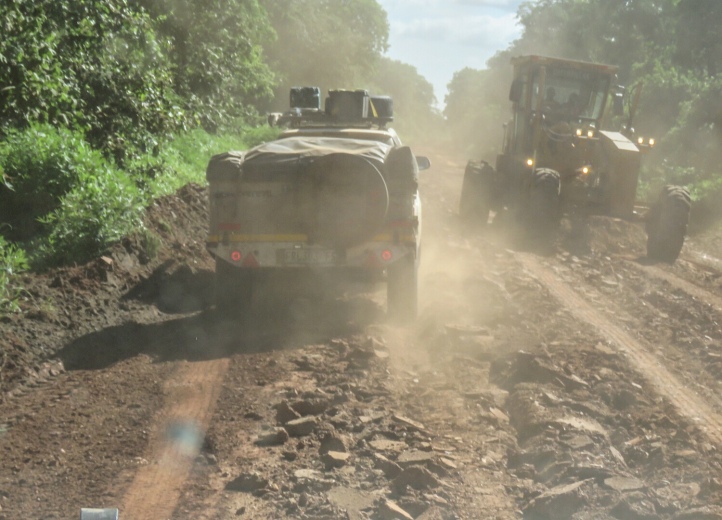
We arrived in Sumbawanga after dark and for the first time during the trip, we looked for a decent hotel. There are no decent campsites in a radius of 150 km and it also saved us the time of setting up camp. The next morning we left Sumbawanga before seven and found the town still sleeping.
A month earlier the summer rains had just started and the communities were still preparing their fields. This time around it was the greenest of green and the fields were knee-high with maize. The whole scenery had changed during the month. And everybody was working in the fields. Small children and old women and everybody else worked with hoes and shovels. The village homes were almost deserted. All these agricultural activities are done by hand. The people also apply fertilizer almost religiously and keep the fields totally free from weeds. These TZN people are NOT afraid to work!

The Zam-Dar road from Tunduma to Mbeya was a crazy as before. A guy on a motorbike transporting chickens travelled near us for a long distance – in the 50km/h zones he overtook us, and out of the 50 zones we overtook him. That happened a couple of times – it just confirmed that a small motorcycle can travel faster than a powerful 4×4 in Tanzania.
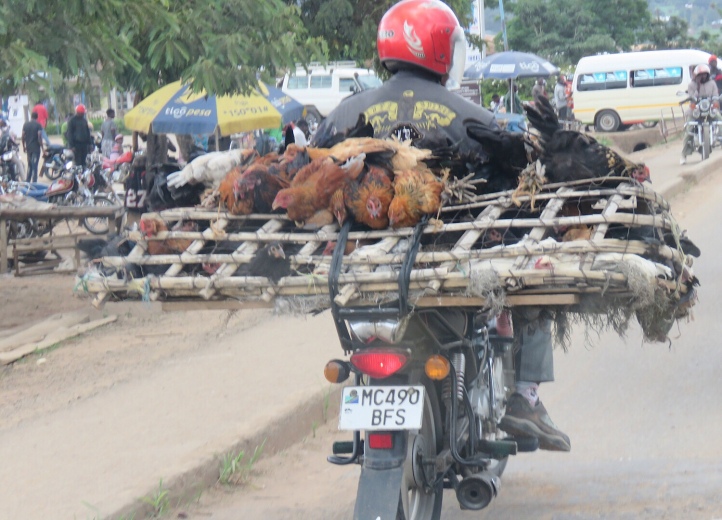
We were relieved to turn south towards the Malawi border. There the landscape was really beautiful – hills and valleys almost overgrown with fruit-bearing plants. We could not believe the amount of produce grown here. And huge tea plantations.



The border crossing at Kazamulu / Songwe was not too difficult, but the money hasslers were all over us. On the Malawian side we had to pay road tax, but they do not accept cash at the customs counter. We had to go to the bank (in the same building) to pay the amount. We pushed the $20 note and the invoice towards the cashier who then called security. The cashier did not attempt to explain the process to us. The security guard filled out a cash deposit form in four-fold for us (three blue very wrinkled carbon papers between) as we had to do a cash deposit into the Revenue authorities’ bank account. None of them talked to us and we suspected that their English is non-existent. Going through the two borders took just more than an hour.
Then we entered Malawi and searched for the first acceptable campsite, which we found 60 km beyond the border. We arrived at Mikoma Beach Lodge right on the Lake Malawi after dark after a thirteen hour drive from Sumbawanga.
At Mikoma we camped right on the beach and were the only campers there. The Lodge is brand new with a sparkling swimming pool, bar and restaurant on the beach and a lot of new chalets. However, there was no shade for camping and there is a village next door. The next morning we had some spectators when we packed and some ladies with children on the hips approached us and asked for money.
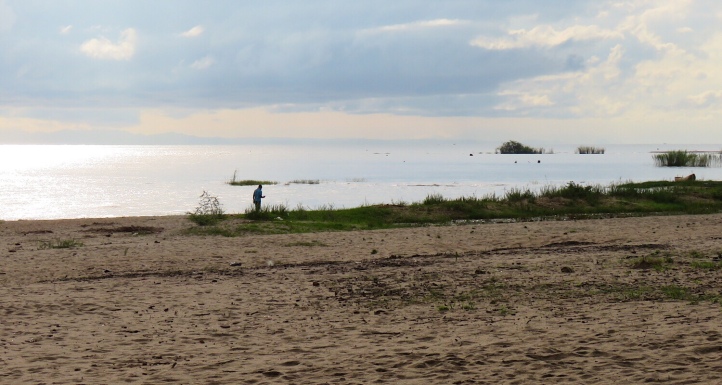
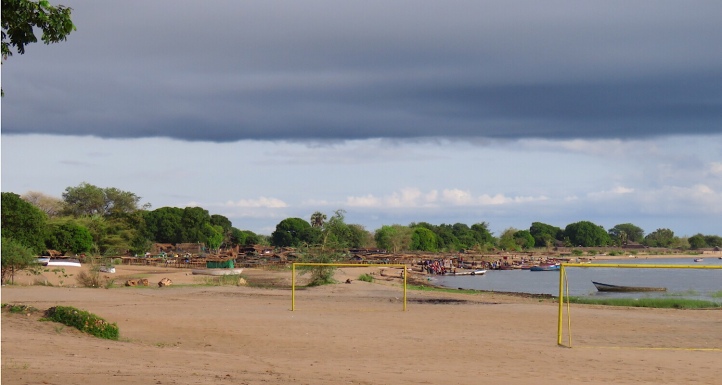

The drive to Makuzi Beach Lodge at Chinteche was one of the most scenic sections on the entire trip. Some distance directly along the lake and after the Livingstonia turn-off we started to climb towards the escarpment overlooking the lake.
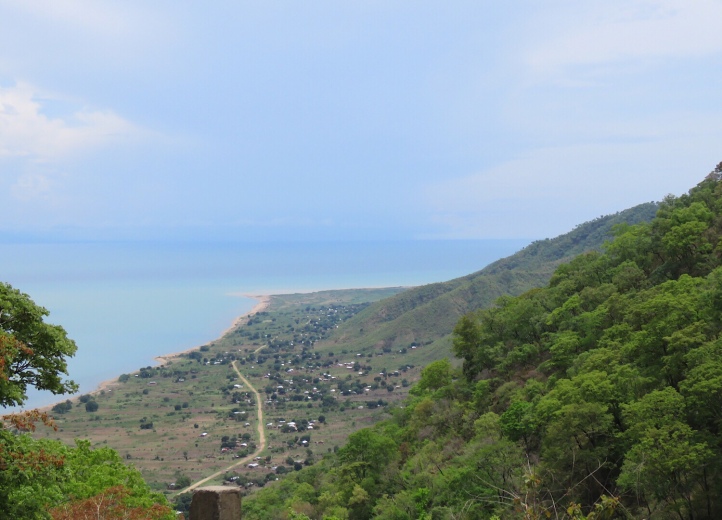

Fisherman villages line the lake. The other villages all along the road have stalls selling local produce and other basic items, and some better constructed houses than the TZN houses – not all the houses are built with the locally made clay bricks. The majority of the houses also have proper doors and windows, and some are plastered and painted. We figured out why half of the houses in Tanzania are in ruins – the clay bricks are made on site and disintegrate after time with all the rains.

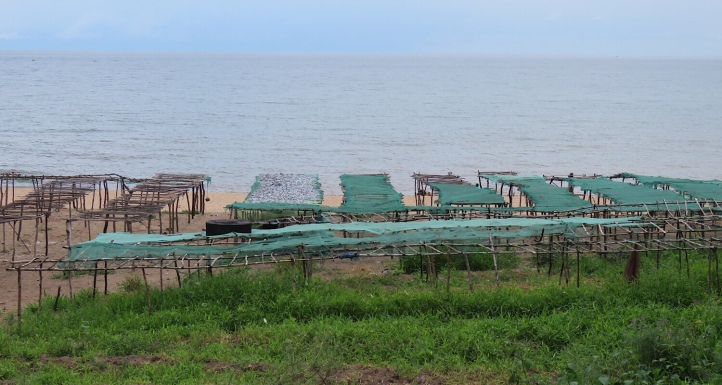

Driving was much easier in Malawi than in TZN. The villages still have the 50km/h limit, but no speed bumps where one have to almost stop to go over. We averaged a more manageable 60 km/h for the trip in Malawi. However, the roads are not in the same excellent condition as the roads in TZN and a constant stream of people are walking and cycling on the roads.

Next: Makuzi Beach Lodge and southern Malawi
Nog steeds groen van jaloesie. Dit lyk awesome. Noudat dit gereen het lyk van die fotos soos regte African Jungle.
Mooi ry
Groete
Martin
LikeLike
Dis so helder groen dat dit onwerklik lyk. Orals. Dis regtig pragtig en die grond is so vrugbaar.
Dankie. Nou so 3000 km van die huis af. Ons dink Mozambiek gaan die uitdaging wees vir ry.
LikeLike